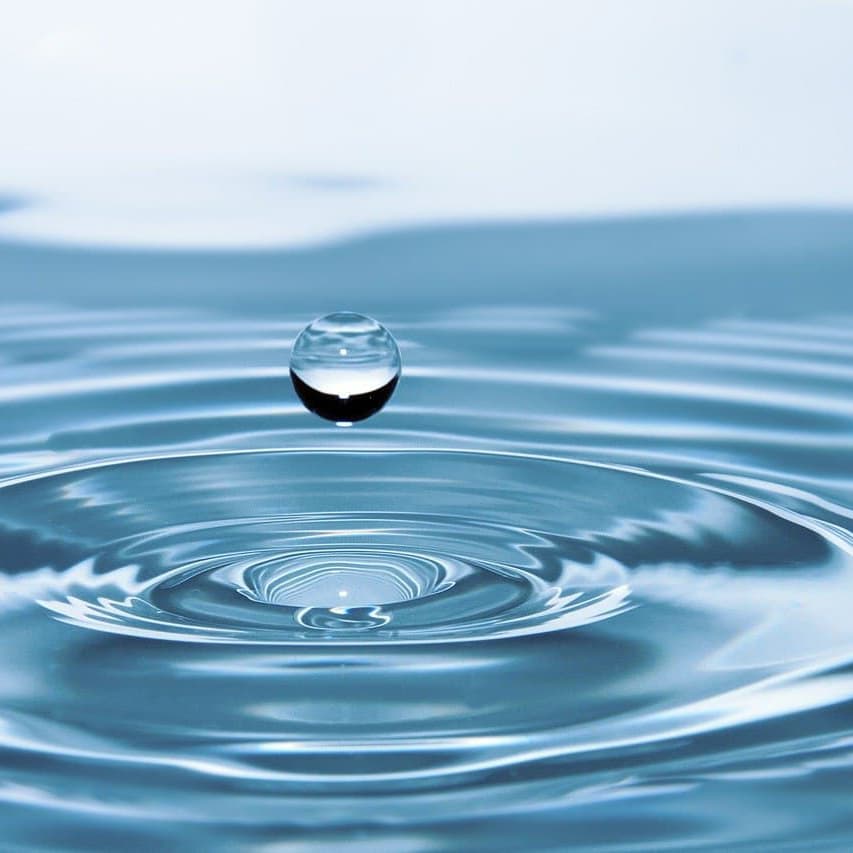The reverse osmosis water purification system is a complex of filters and membranes. Passing through the system, the water gradually gets rid of organic and mechanical impurities, chemical compounds. Reverse osmosis without boiling frees water from pathogenic microflora, lime sediment, flavors and odors. The output is drinking water that is comparable to distilled water.
What is Reverse Osmosis?
Reverse osmosis is a physical process in liquid and gaseous media aimed at achieving uniform density and concentration. For example, if fresh water and seawater are placed in the same container, separated by a dense cloth, after a while the water in both parts of the container will become equally brackish.
Reverse osmosis is an artificially initiated process aimed at the opposite result. It releases salts from the solution. This is desalination of the highest quality.
In solution, H2O molecules have the smallest size of 0.0003 µm. Salt molecules are larger, each surrounded by several water molecules at once. Staphylococcus and E. coli bacteria are 1 µm in size. Hepatitis virus is 0.003 µm.

The reverse osmosis water purification system includes 5 purification stages:
- A cartridge with a coarse mechanical filter.
- Cartridge with carbon filter.
- Cartridge with a fine mechanical filter with a mesh of 1 micron.
- Osmotic membrane with 0,001 micron mesh.
- Carbon post-filter to improve organoleptic properties of water.
Reverse osmosis principle
- The water from the tap or pump is pressurized at 3 atm into the first cartridge. Here sand, organic particles and rust are retained.
- The cartridge with activated carbon granules absorbs organochlorine elements, foreign tastes and odors.
- The third cartridge with briquetted carbon retains high-molecular organic compounds, collects microscopic suspended particles.
- Osmotic membrane retains 99% of chemical molecules and microorganisms.
- The fifth stage absorbs flavors and odors that have passed all barriers.
- If desired, an additional option is installed – a mineralization device, which enriches the purified water with minerals necessary for the body.
The structure of all installations is similar. Industrial osmosis differs from the domestic capacity. Thus, domestic system purifies 5-20 liters per hour. Industrial equipment copes with a volume of up to 50,000 liters per day. In addition, it is equipped with powerful pumps, sensors, electronic control units.
The advantages of reverse osmosis
- The highest quality of purification in comparison with other filters. The consumer receives water without color, odor, and taste.
- The universal system copes with water from any source with any composition: limey, salty, biologically hazardous, polluted by industry. The result is always the same.
- Easy maintenance – replace cartridges as they get clogged. Industrial osmosis requires more frequent maintenance than home osmosis.
- Eco-friendliness – no chemicals are used in the system.
- Compactness – can be installed in apartments, private houses and public buildings.
- Guaranteed safety – the water can be drunk immediately, without boiling.
Advice
Water is our body’s main supplier of minerals. If you constantly drink osmosis purified almost distilled water, muscles and bones lack the necessary “bricks”. It is recommended to install a mineralizer at the outlet of the reverse osmosis unit or drink bottled mineral water regularly.

